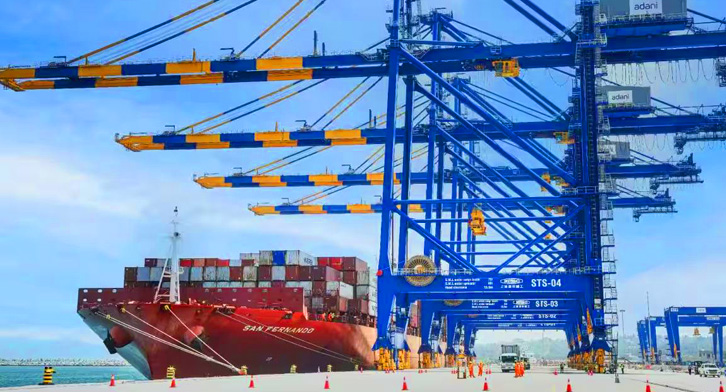
The National Logistics Policy (NLP) is a long term vision document that aims to improve India’s logistics industry and make it more competitive. The goal of the NLP is to lower the cost of logistics from its current 14% of GDP to less than 10% by 2022 despite the highly fragmented nature of India’s logistics industry. The NLP was announced on September 17, 2022, by the Prime Minister Narendra Modi and Formulated by Ministry of Commerce and Industry.
India has been imposing restrictions on imports, which has resulted in the loss of $40 billion by the country. The new policy aims to bring back the lost orders and increase the country’s exports by 40%.
The new India’s National Logistics Policy 2022 was approved by Prime Minister Narendra Modi’s Cabinet on July 19. The draft policy was prepared after consultations with various stakeholders including private sector companies, trade associations, logistics associations and experts from academia.
The policy also aims at making India a global hub for e-commerce and e-commerce logistics. It will focus on developing a robust logistics ecosystem across the country that includes modernisation of ports, railways and roads to facilitate movement of goods from production units to consumers.
The policy will provide grants to states for development of their port infrastructure so that they can provide better facilities for cargo movement.
It will also develop an integrated database with information about warehouses, distribution centers and transporters across the country so that traders know where their consignments are located at any given point in time.
The India National Logistics Policy 2022 is a comprehensive policy to develop a technologically enabled, integrated, cost-efficient, resilient, sustainable and trusted logistics ecosystem in the country for accelerated and inclusive growth.
The National Logistics Policy to be implemented from 2022 onwards will have a requirement for the integration of digital system to be implemented in all logistics sectors. The IDS will be developed by the Ministry of Road Transport and Highways (MoRTH) and Department of Commerce (DoC). It is expected that this will improve efficiency by providing better data analytics and decision-making tools for logistics companies.
The ULIP is an online platform that allows access to multiple e-commerce platforms through one login, which makes it easier for customers to buy products on various e-commerce websites like Amazon, Flipkart, etc., directly from their homes or offices. It also helps small businesses in connecting with global markets through one platform.
This feature aims to reduce the time taken by consumers and logistics companies in completing transactions as well as make it easier for consumers to track their orders online. It will also help in reducing time taken for delivery by ensuring faster movement of goods from one place to another in order to meet consumer demand at best rates possible within stipulated timelines set by government authorities concerned
The goal of the NLP is to make Indian goods more competitive while also promoting economic growth and expanding job possibilities. The policy establishes a broad, multi-jurisdictional, cross-sectoral framework for the growth of the entire logistics ecosystem in an effort to address concerns of high cost and inefficiency.
The policy aims to make Indian goods more competitive while also promoting economic growth and expanding job possibilities.
The objective of this policy is to create a level playing field for all participants in the logistics value chain across sectors such as: transportation, warehousing & distribution and information technology.
Yes! The Reports can export to PDF format, Excel, Word Format etc.
Yes! B/L print outs can be taken in a Single click
Freight forwarders provide their customers with a range of services including consolidation, documentation, freight payment and customs clearance. The service is offered by freight forwarders who serve as an intermediary between the shipper and the forwarder’s transportation network.
The world is calling, but the struggle with complex international exports can be overwhelming. Shipping software allows you to:
Optimize systems: Automate operations, expand productivity, and increase accuracy.
To achieve global ordering: Track inventory in real time; compatibility with global networks; and make decisions based on data.
Enhanced customer service: Respond quickly, provide clear information, and rise above language issues.
Choose the right freight forwarding software to open your company to global growth.
Choosing the right freight software is like choosing your superhero gear – it empowers you to handle complex logistics and soar to new heights. Here are some basics to ensure your software is a real winner:
Effortless Shipping: Imagine recording, tracking and reporting on shipments with a few clicks. Your software may simplify these processes, freeing you up to focus on bigger things.
Simplified bookkeeping: Creating accurate quotes, invoices, and report cards is unlike paper invoices. Look for software that simplifies paperwork and keeps everything organized.
Strong customer relationships: A robust CRM system in your software allows you to manage customer interactions, send personalized communications, and foster strong relationships – the foundation of any successful business.
Data push decisions: Your software program can be your own record analyzer. Look for features that provide insightful analysis of overall performance, identify trends, and empower your company to make informed choices.
Easy conversation: Does your software play well with others? Integrating accounting, CRM and visit management systems improves information flow and eliminates accounting silos – a huge win for efficiency
By installing those essential components, you equip your logistics with the software muscle needed to overcome any system challenges and achieve breakthrough success
A quantity of steps are worried in integrating and employing freight forwarding software program (CargoNet) inside your commercial enterprise, these encompass:
Evaluation and Planning: Assess the existing freight forwarding processes in your organisation and discover regions to be stepped forward. Establish your precise requirements and dreams for imposing CargoNet software program application. Develop a plan of implementation along with timeframes, sources and key individuals.
Customization and Configuration: Collaborate with our implementation group in order to personalize the software program in line with the workflows or processes used by your very own organization. Set up configurations, user privileges, in addition to connections to other systems employed across your business enterprise.
Data Migration: Prepare your present day Freight Forwarding statistics for migration into CargoNet. Make certain that statistics is accurate and sound by way of purging it off old data even as formatting it efficaciously



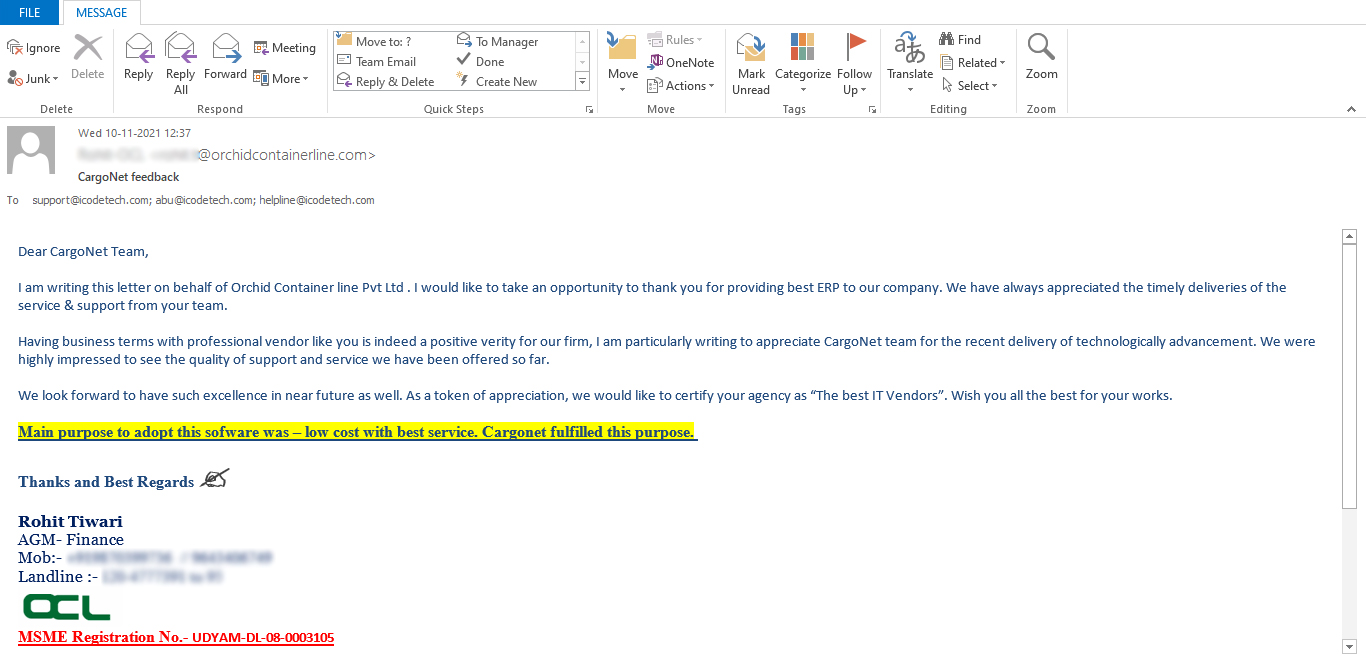
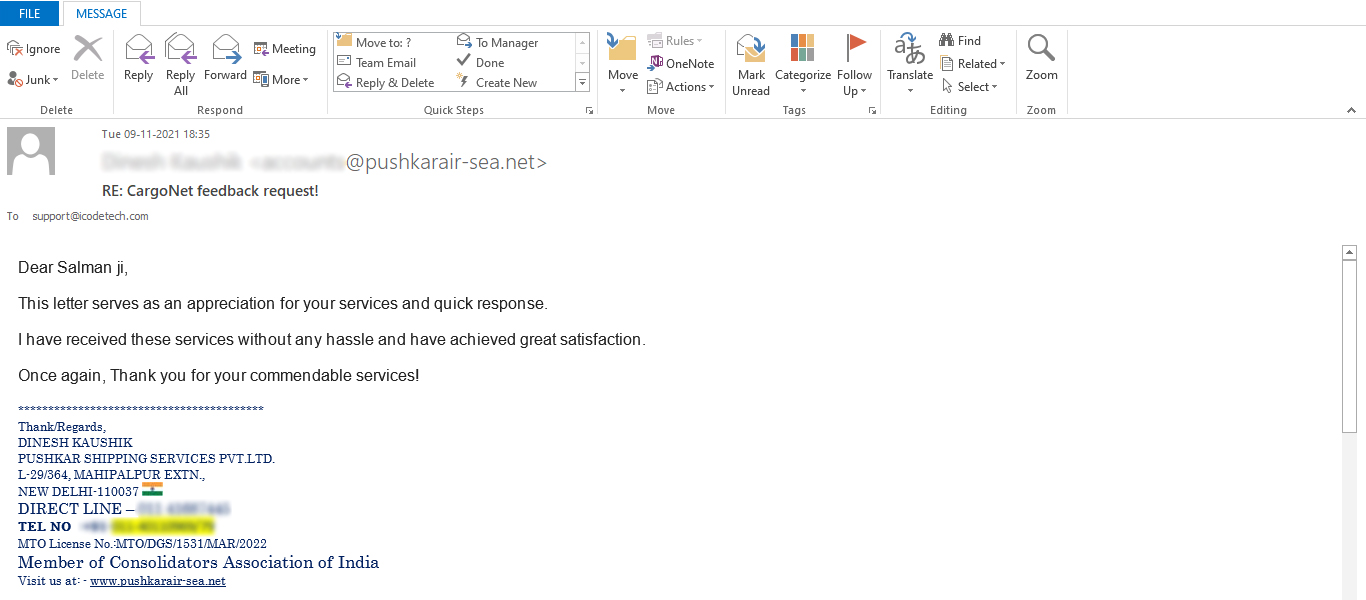
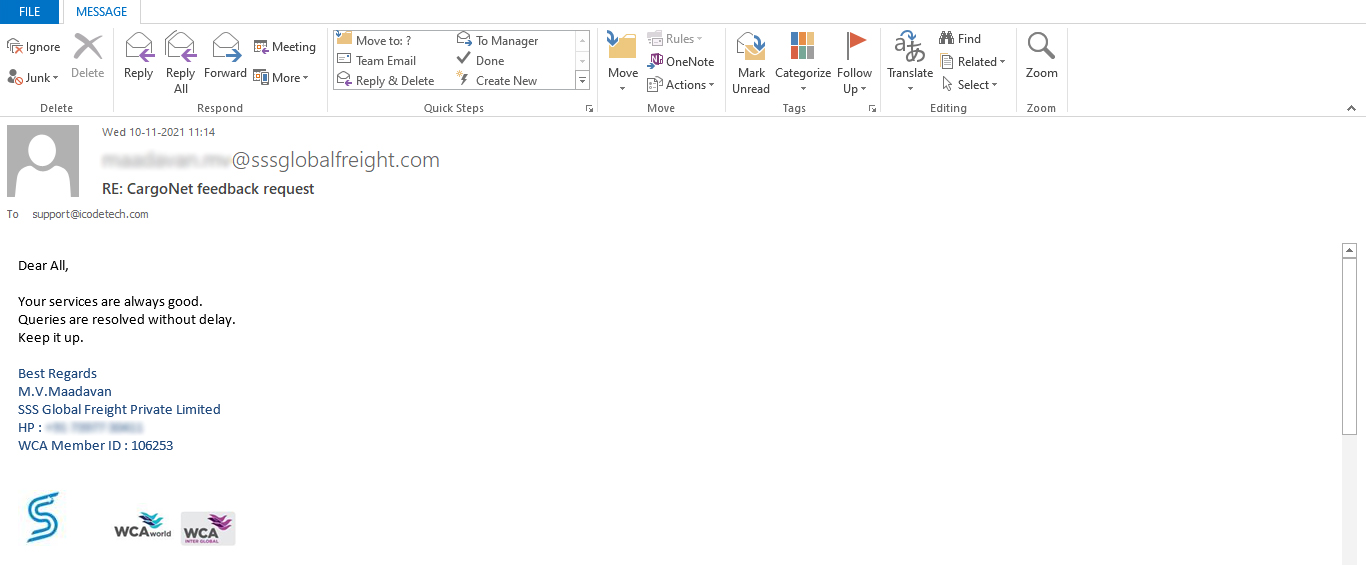
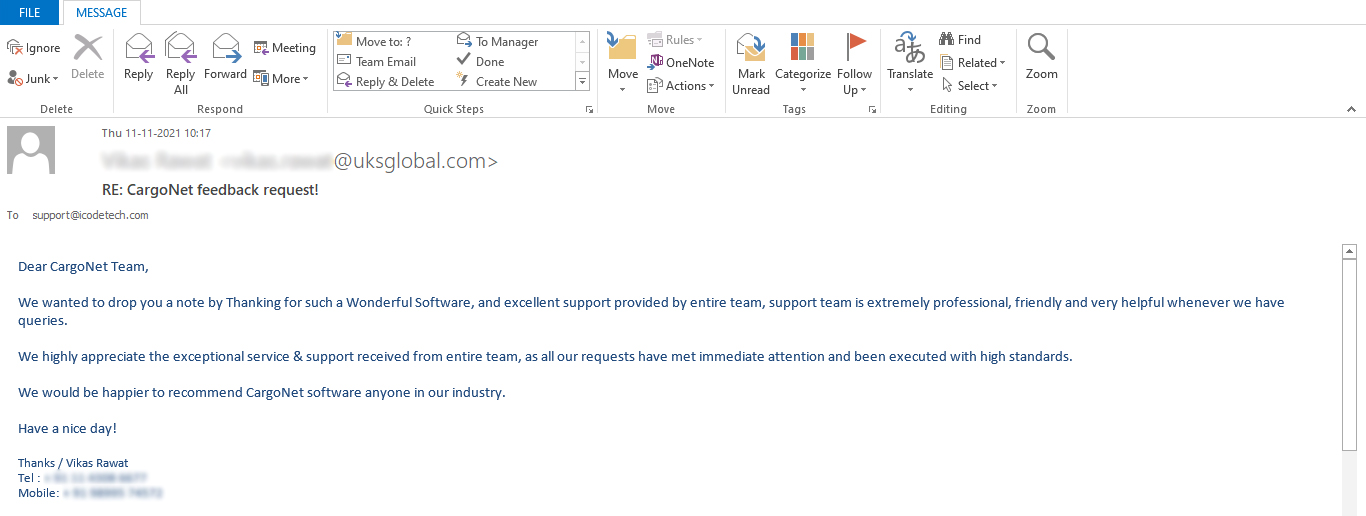
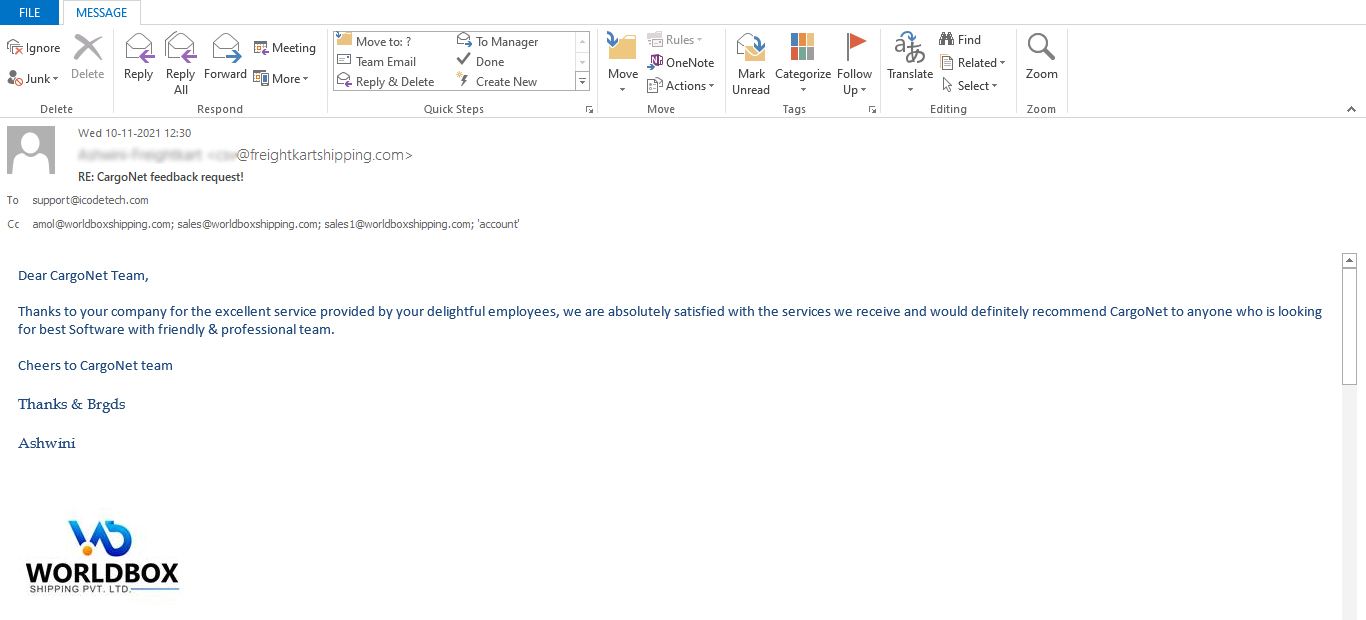
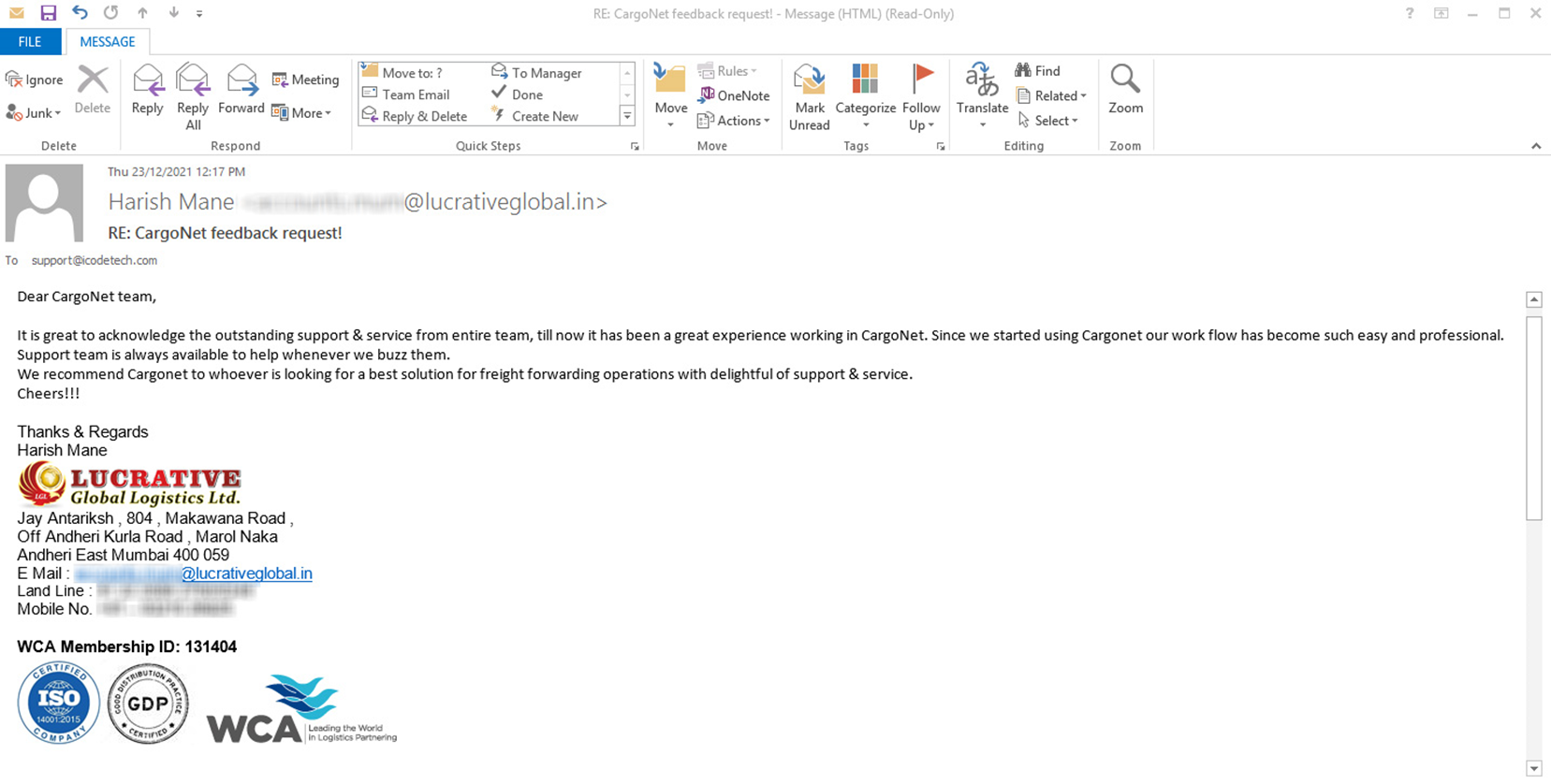
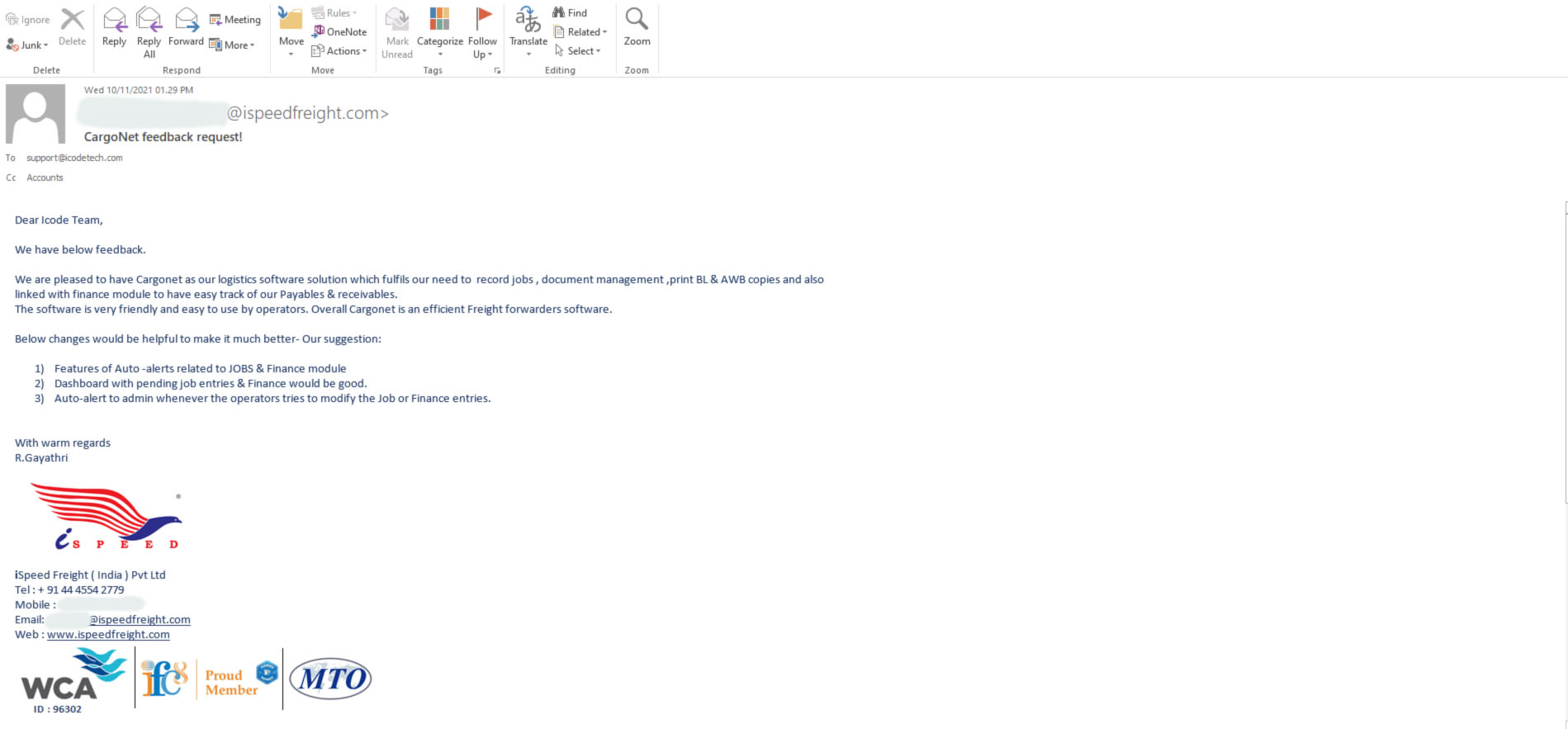
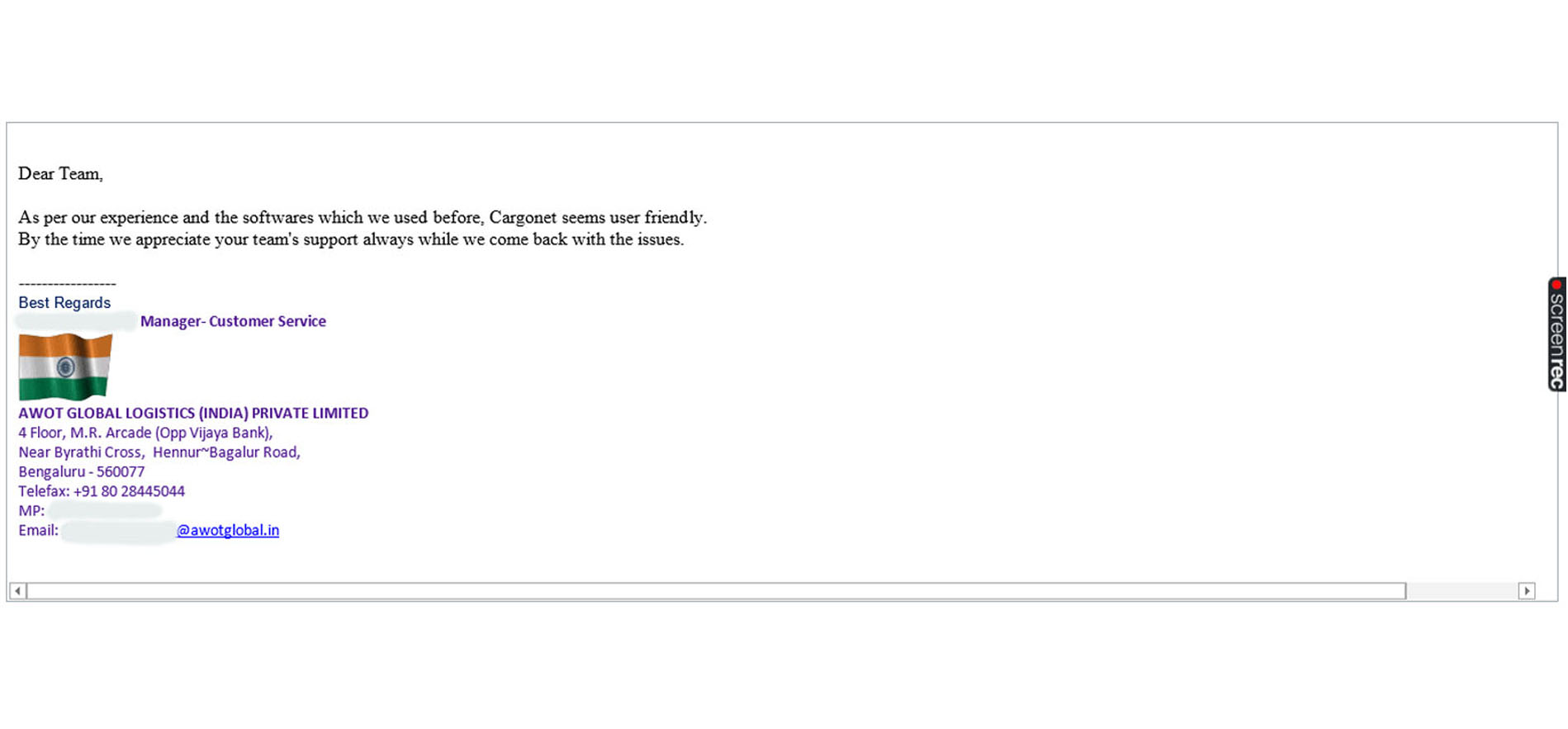

Share your information for instant access